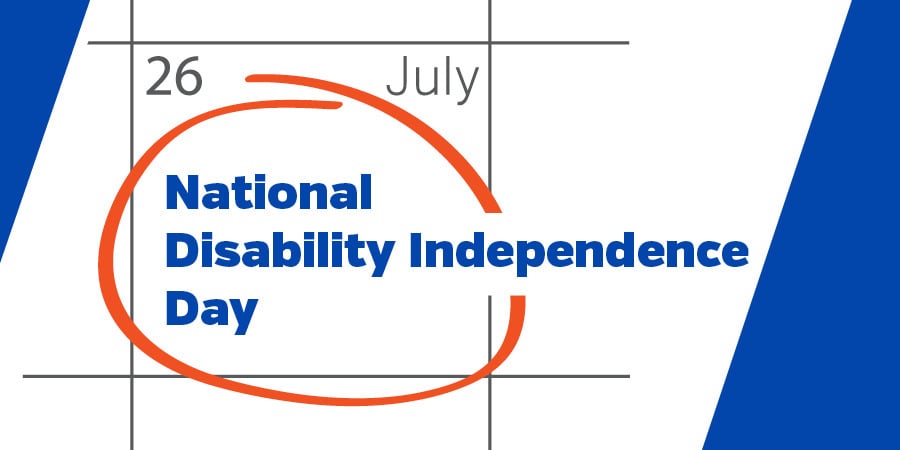July 26th is Disability Independence Day. Today celebrates major milestones for the disabled Americans and their journey to attain equal rights. Specifically, today commemorates the signing of the Americans with Disabilities Act of 1990. Also known as ADA, the Americans with Disabilities Act helps prevent discrimination against disabled people while ensuring they have the accessibility and accommodations needed to live full lives.
Here’s a little history about Disability Independence Day.
It began with a crawl.
Let's set the scene. It’s March 12th 1990 and the US has yet to make accommodations for differently abled bodies. This means businesses aren’t wheelchair accessible, text to speech readers for the visually impaired aren’t commonplace. And having a visual disability makes someone statistically less likely to be hired for a job.
It’s worth mentioning too that in the US, disabled Americans make up the largest minority group. And it’s quite a diverse group of different races, ages, genders, etc., A group of disability activists, after years of being discriminated against, plan another protest to bring their plight into the mainstream.
They gathered with like minded individuals, about 1,000 of them and traveled from the White House to the U.S. Capitol building. Once there, dozens and dozens of activists including an 8 year old with cerebral palsy named Jennifer Keelan, began crawling up the stairs of the capitol building to show that the capitol building, a place that represents the will of the American public, was entirely inaccessible to them. Police arrested over 100 of the activists who attended.
But their protest and activism worked. On July 26th, then-President George Bush Sr., signed the Americans with Disabilities Act of 1990.
The first version of ADA was written in the 80’s.
In 1986 the National Council on Disability drafted the first version of ADA. Since its inception, the ADA has included a wide range of disabilities both permanent and temporary, both visible and invisible. The ADA also protects service animals and those that need them. Additionally, while closed captioning has existed since the early 1900’s, ADA laws made the practice mainstream.
It took a lot of ink to sign the Americans with Disabilities Act
When then-President George Bush Sr., signed the ADA into law, he did so with 59 different pens. Those same pens were then gifted to activists that played major roles in getting ADA passed.
ADA protects family members too!
Before ADA, able-bodied parents with differently abled children also faced discrimination as potential employers held it against the parents if they needed time off to take care of their children. This part of ADA is called “Association Provision”
ADA doesn’t automatically guarantee employment
Like many other equal rights laws, it’s a common myth that they guarantee certain citizens employment. I.E. by being disabled some people think business must hire you to prove they’re not discriminating. This just isn’t the case. An employer has to consider all qualifications for all candidates and not consider, in the case of ADA, their disabilities when it comes to deciding whether or not they’ll hire a person.
The same is true when it comes to letting someone go from their job. A person under ADA isn’t immune from being let go. It’s just that an employer cannot consider or cite their disability as the reason.
The takeaway
As we observe National Disability Independence Day this year, we want to acknowledge all our members and employees who have disabilities. We are thankful for and celebrate your many impacts, contributions, and achievements.
